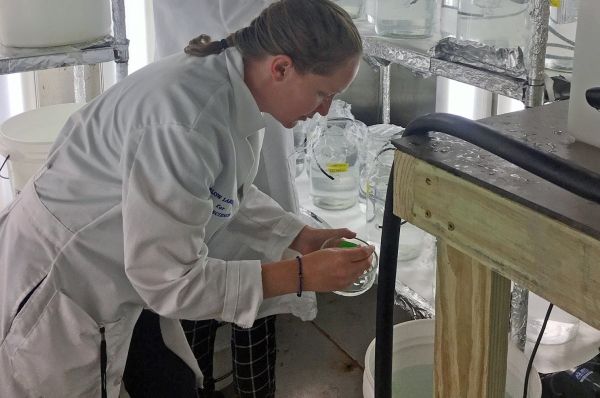Microplastic fiber pollution in the ocean impacts larval lobsters at each stage of their development, according to new research. A study published in the Marine Pollution Bulletin reports that the fibers affect the animals’ feeding and respiration, and they could even prevent some larvae from reaching adulthood.
“In today's ocean, organisms are exposed to so many environmental factors that affect how many make it to the next stage of life,” said Paty Matrai, a study author and senior research scientist at Bigelow Laboratory for Ocean Sciences. “Lobsters play a fundamental role in the Gulf of Maine ecosystem as well as the state’s economy, and it is important that we understand how pollutants impact their development.”
Young lobsters grow to adulthood through four distinct developmental stages, and the researchers found that the physiology of each stage determined how the animals interacted with plastic fibers. The youngest lobsters didn’t consume them – but they were plagued by fibers accumulating under the shells that protect their gills. In experiments where the larvae were exposed to high levels of fibers, the youngest larvae were the least likely to survive.
Read more at Bigelow Laboratory for Ocean Sciences
Image Credit: Bigelow Laboratory for Ocean Sciences


